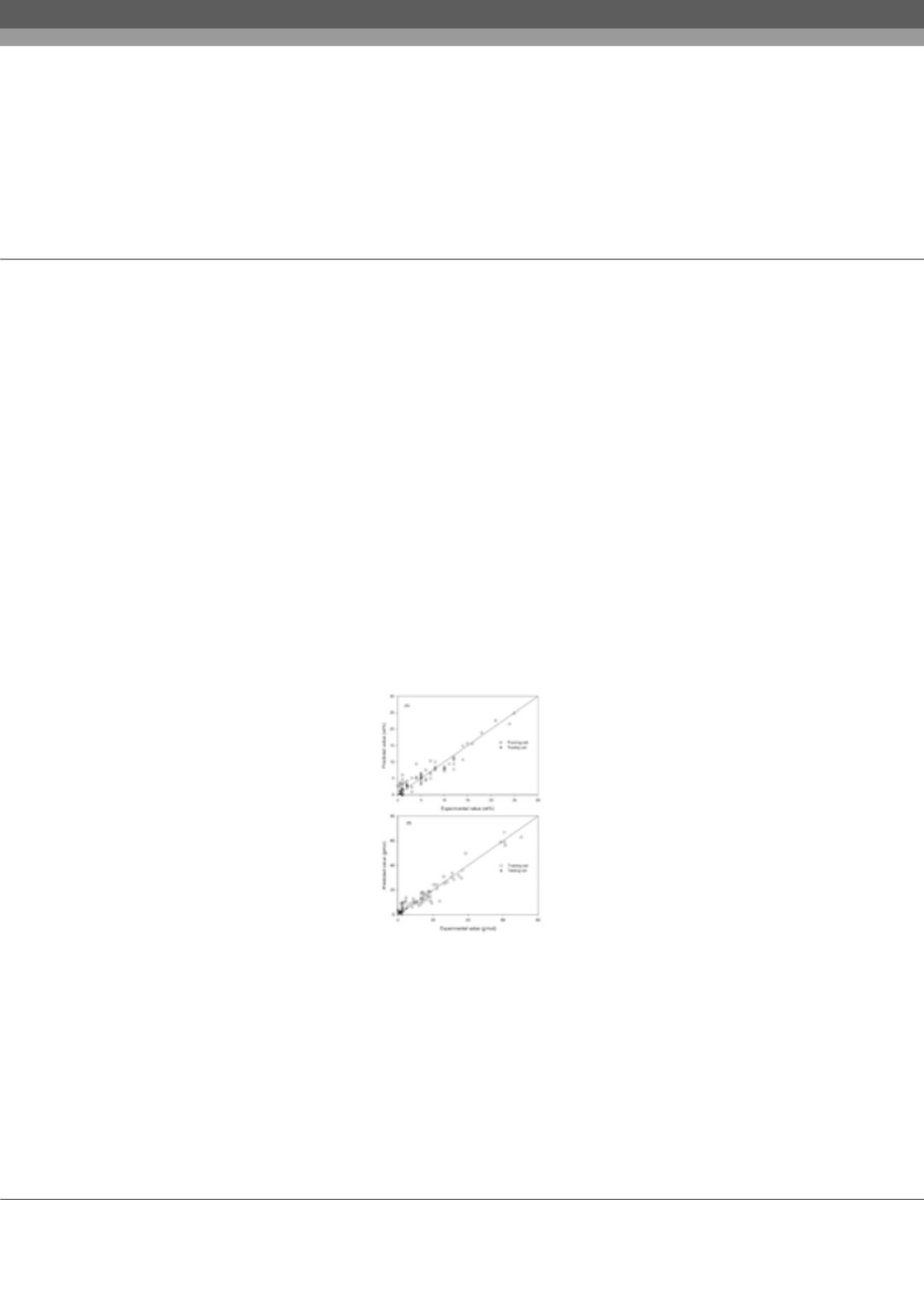

Volume 3, Issue 2 (Suppl)
Trends in Green chem
ISSN: 2471-9889
Environmental & Green Chemistry 2017
July 24-26, 2017
Page 92
5
th
International Conference on
6
th
International Conference on
July 24-26, 2017 Rome, Italy
Environmental Chemistry and Engineering
Green Chemistry and Technology
&
Prediction of cellulose dissolution in ionic liquids using molecular descriptors based QSAR model
Chan Kyung Kim
and
Nasir Shahzad
Inha University, South Korea
Statement of the Problem:
The dissolution of lignocellulose by ionic liquids attractedmuch attention during the last decade. However,
the experimental screening and selection of a large number of potential ionic liquids for biomass processing are challenging tasks.
Methodology &Theoretical Orientation:
In this work, the prediction of cellulose dissolution in ionic liquids (ILs) was evaluated by
quantitative structure-activity relationship (QSAR) model using the molecular descriptors of ionic liquid’s constitutional ions derived
from Comprehensive Descriptors for Structural and Statistical Analysis (CODESSA) program. All the structures of individual cations
and anions of ILs were optimized without constraint using B3LYP/6-31G(d,p) level in Gaussian 03 package and verified as minima
by frequency calculations. The CODESSA package calculates various descriptors such as constitutional, topological, geometrical,
electrostatic, quantum-chemical, and thermodynamic from the three-dimensional structures of molecules. 438 molecular descriptors
were calculated for 80 different ILS in the data set.
Findings:
Two QSAR correlation models for cellulose solubility in ILs with respect to mass and molar percentages were developed.
Both models include 13 molecular descriptors and were reliable as indicated by the considerably high R
2
value for both training and
test sets. Models based on cellulose molar solubility exhibited better correlation (R
2
of 0.92 vs. 0.88) and predictability (R
2
of 0.89 vs.
0.83) than those based on mass percentage solubility.
Conclusion & Significance:
These results indicated that the molecular descriptors of ILs could be effectively used to develop QSAR
models for facilitating the in silico and a prior screening/selection of ILs customized for specific applications.
Figure: Scatter plots of predicted vs. experimental values of cellulose solubility in ionic liquids
Biography
Chan Kyung Kim is a Professor and Chairman of the Department of Chemistry, Inha University located in Incheon, Korea. He is an active member of Brain Korea
21 Plus Project supported by the Ministry of Education, Science and Technology. His research is concentrated on the development and application of QSAR/QSPR
method including MSEP for high energy density materials. He is also interested in the theoretical organic and inorganic chemistries to understand the structures
and reactivity of chemical systems. Recently, his research is oriented on the design of carbon dioxide removal in the presence of N-methylaniline and silyl halides
and conversion of carbon dioxide to some useful materials in the zeolite catalysts.
kckyung@inha.ac.krChan Kyung Kim et al., Trends in Green chem, 3:2
DOI: 10.21767/2471-9889-C1-003
















